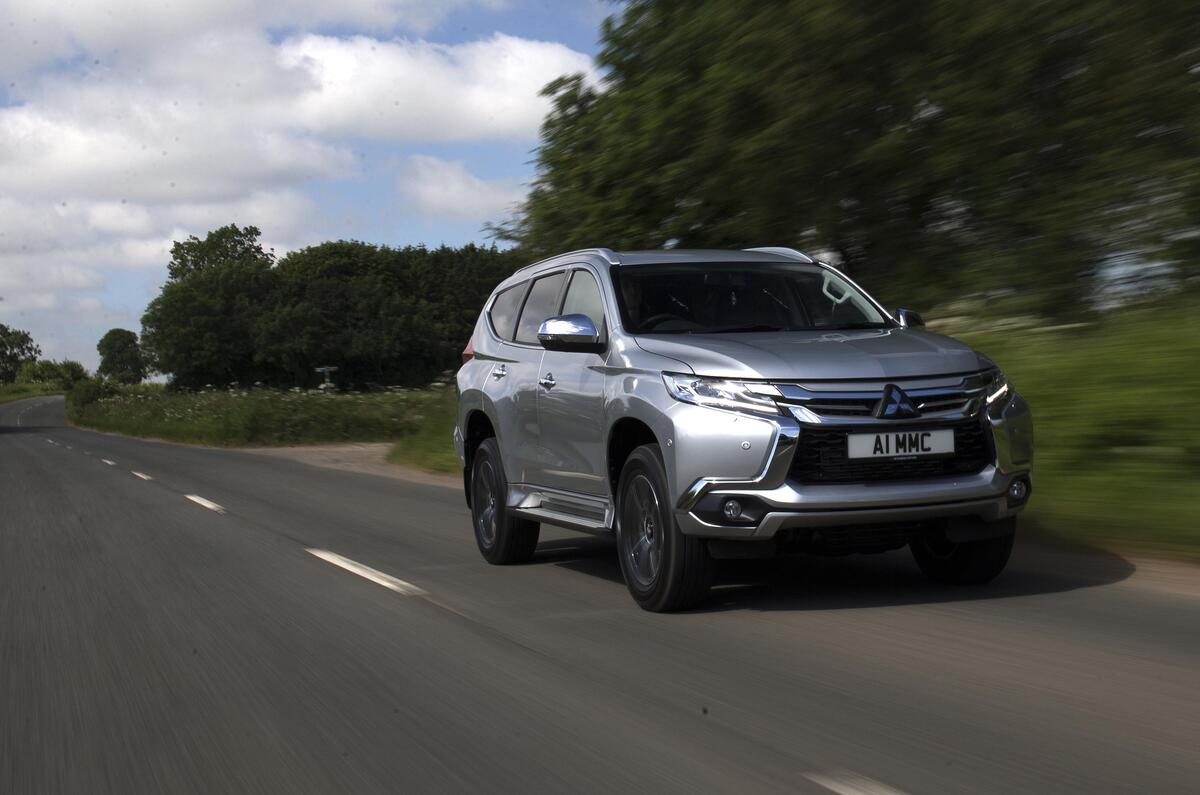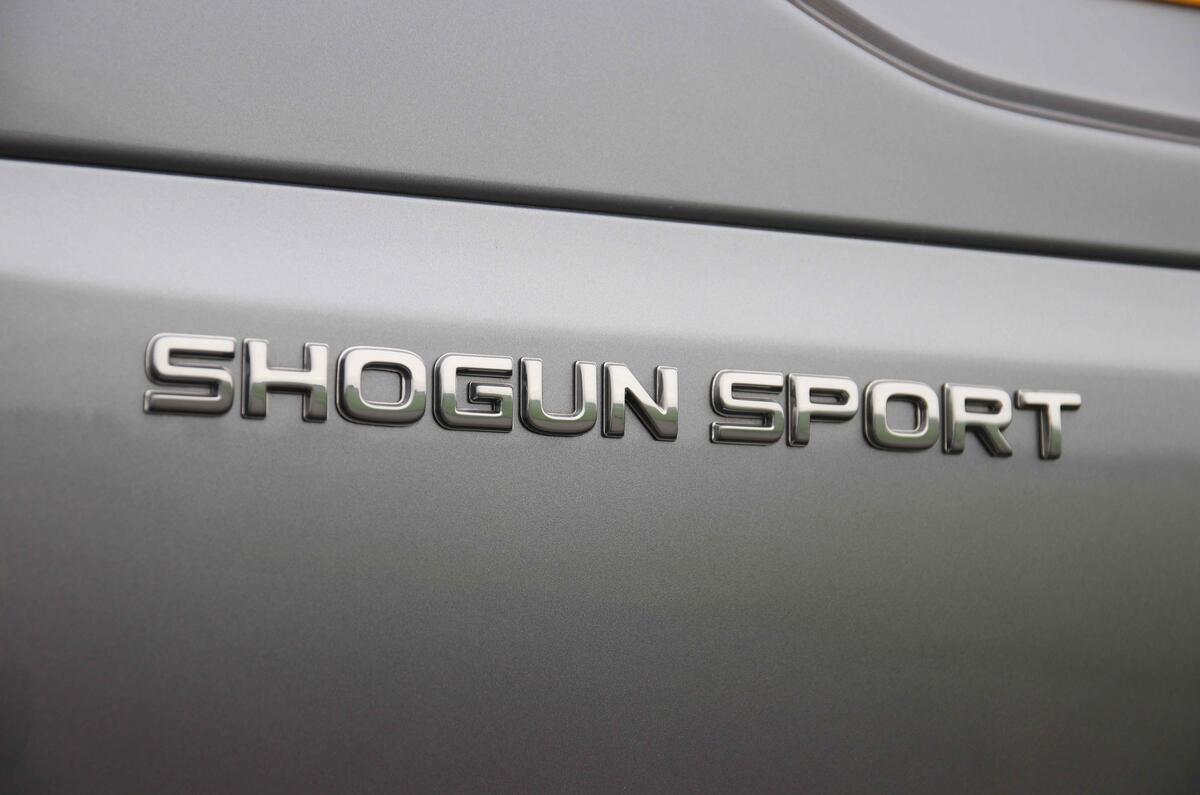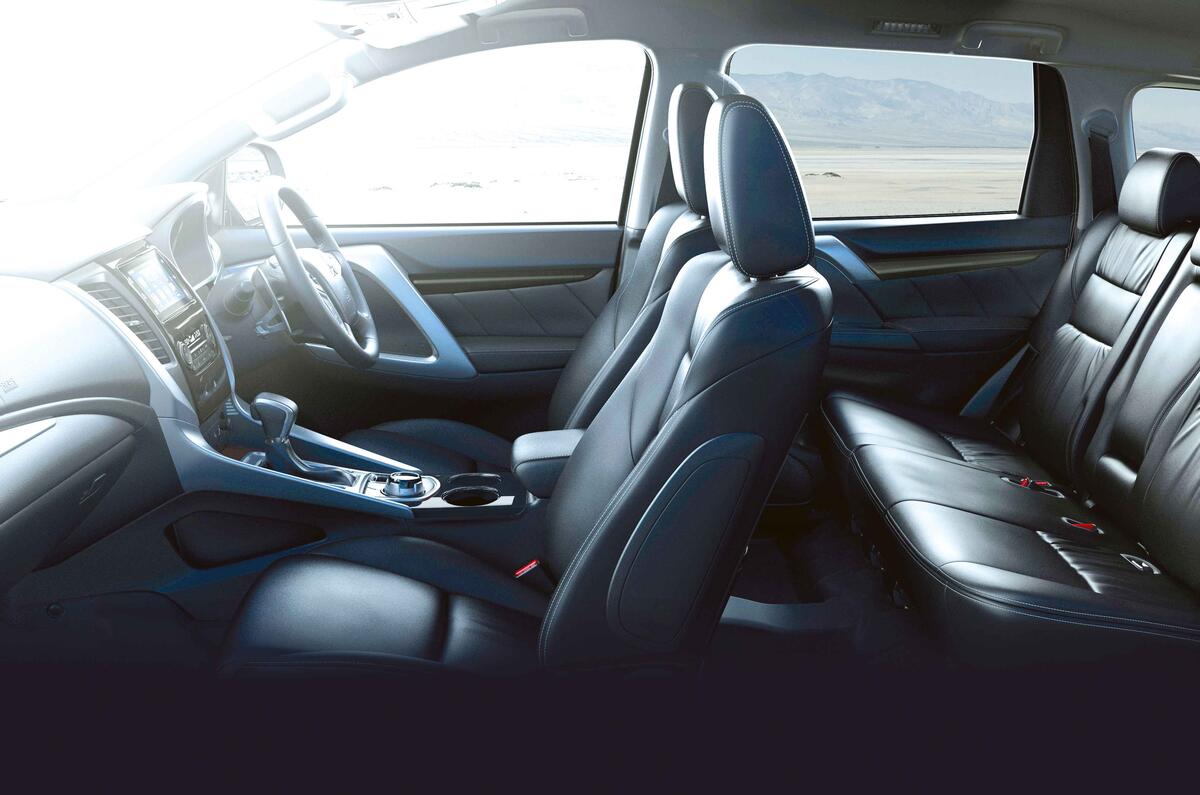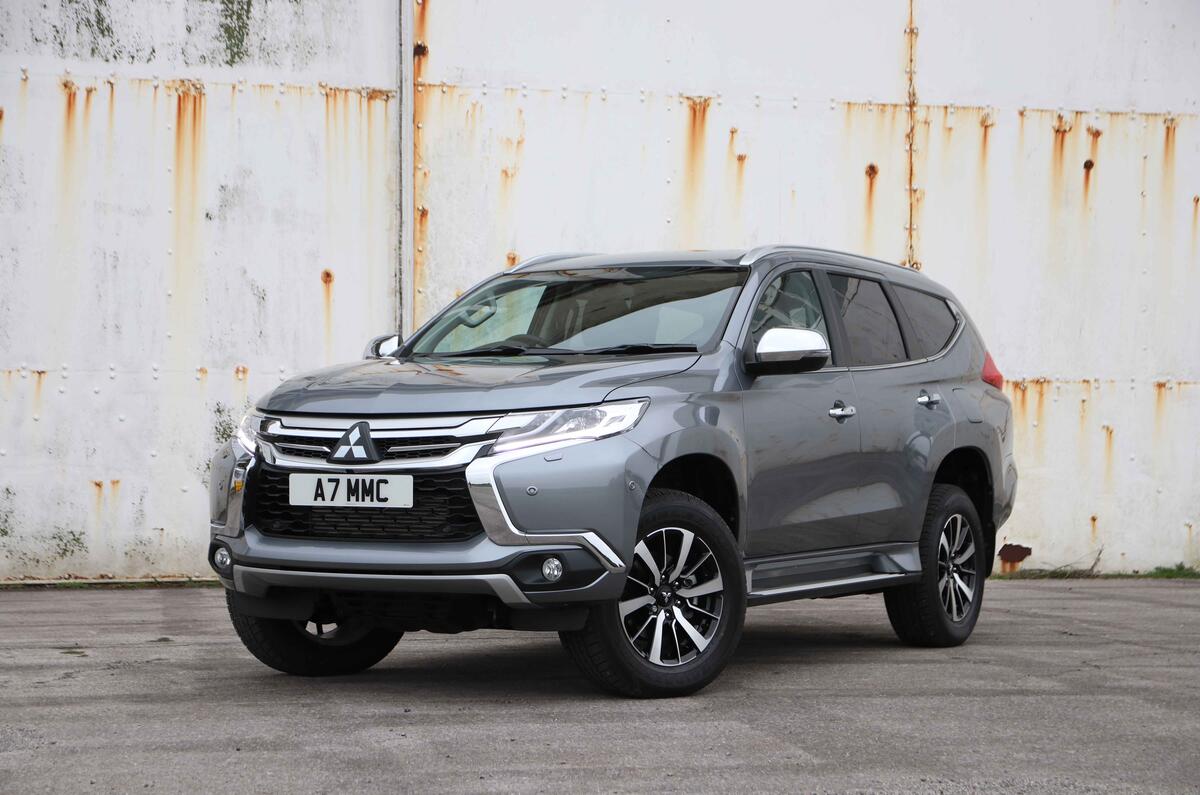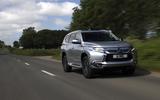The Mitsubishi Shogun Sport is the Japanese manufacturer’s new flagship SUV, sitting atop a growing family of ruggedly styled, high-riding models.
This car, also known as the Pajero Sport in some markets, is designed to combine practicality — in terms of seating for up to seven people — with the ability to tow sizeable loads and the toughness to cope with excursions off the beaten track.
At 4785mm long, 1815mm wide and 1805mm high, the Shogun Sport is smaller in every key dimension than the long-wheelbase version of the full-fat Mitsubishi Shogun, but the current version of the latter is being put out to pasture after many years on sale and Mitsubishi hopes its dealers will deftly guide existing and would-be Shogun owners towards this new vehicle.
It marks the revival of the Shogun Sport model name last used here back in 2007 and is billed as an altogether more refined and luxurious 4x4 than the Shogun. For all the talk of sophistication, though, the Shogun Sport shares the fundamentals of its construction with Mitsubishi’s Mitsubishi L200 pick-up. Not that such comparatively simple body-on-frame underpinnings are necessarily a bad thing, because it should at least bestow upon the vehicle a high degree of strength and durability.
Such hardy traits are very important to hardcore owners of Mitsubishi SUVs; the company estimates that, from the 18,500 examples of the previous Shogun Sport sold in the UK between 2000 and 2007, an impressive 12,000 are still in active service.



